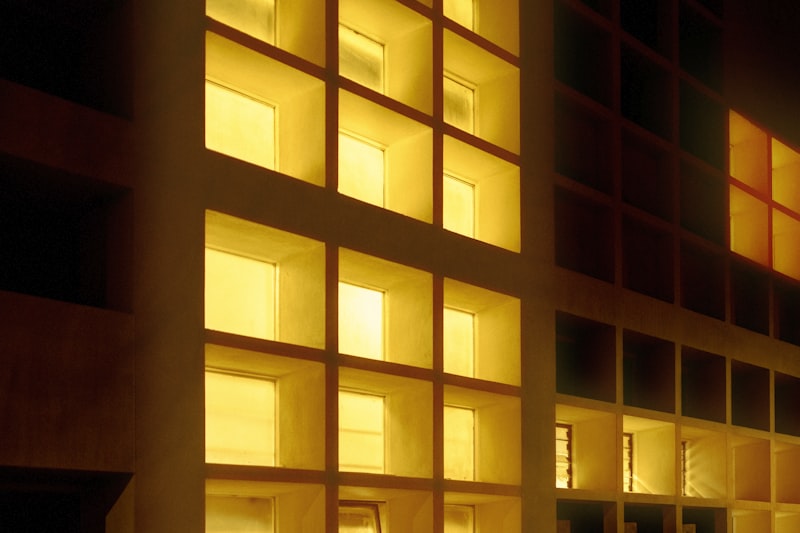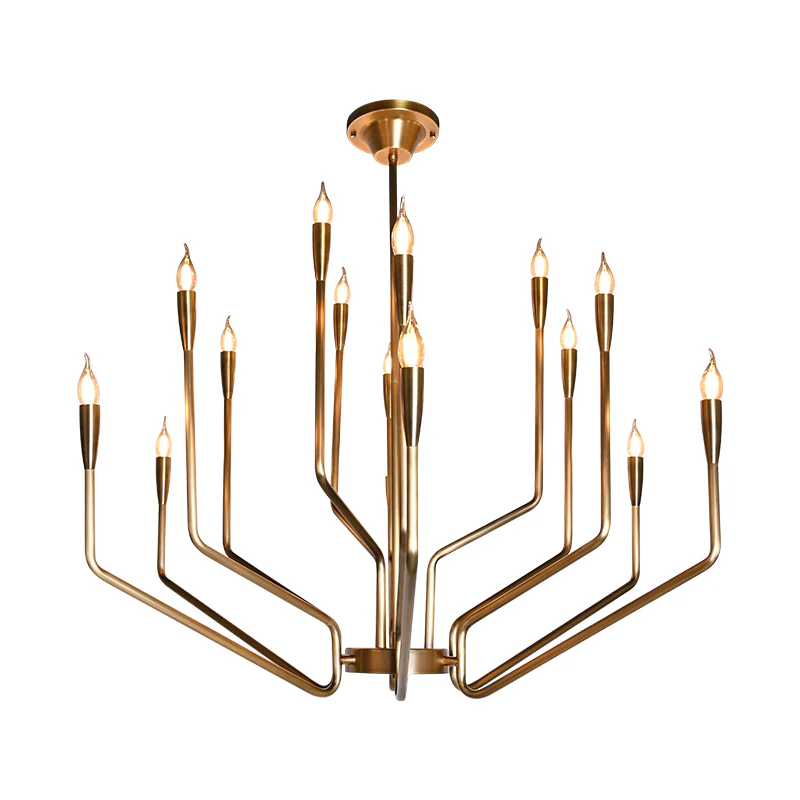The Ultimate Guide to Library Lights: Enhancing Your Reading Experience
The Ultimate Guide to Library Lights: Enhancing Your Reading Experience
Introduction to Library Lights
When it comes to creating a conducive environment for reading and studying, library lights play a crucial role. They illuminate bookshelves and reading areas, transforming an ordinary space into a sanctuary for knowledge seekers. In this guide, we will explore various types of library lights, their placement, benefits, and how to choose the best lighting for your needs. Whether you’re setting up a personal library at home or enhancing a public library, the right lighting can make all the difference.
The Importance of Proper Lighting in Libraries
Proper lighting not only improves visibility but also sets the mood for concentration and learning. Here are some key reasons why library lights matter:
- Enhances Focus: Well-lit spaces help readers maintain their focus and reduce eye strain.
- Aesthetic Appeal: Good lighting can enhance the overall aesthetic of a library, making it more inviting.
- Safety and Accessibility: Proper lighting helps to ensure safety by illuminating pathways and providing visibility in various sections.
Types of Library Lights
When considering library lights, it’s essential to understand the different types available. Each type serves a different purpose and can create distinct atmospheres.
| Type | Description |
| Task Lighting | Focused lighting for reading areas, such as desk lamps and Floor lamps. |
| Ambient Lighting | General lighting that provides an overall illumination, typically from ceiling fixtures. |
| Accent Lighting | Highlighting specific areas or features, such as artwork, through spotlights. |
| Natural Lighting | Using windows and skylights to bring in daylight, enhancing the atmosphere and reducing energy consumption. |
Placement of Library Lights
The placement of lights in a library is just as important as the type of light used. Here are some tips for optimal placement:
- Reading Areas: Position task lights on desks and tables, ensuring they provide direct light without causing glare.
- Bookshelves: Utilize ambient lighting above bookshelves to illuminate the spines of books, making them easier to locate.
- Paths and Entrances: Install accent lighting to guide users through the library and highlight key areas.

Factors to Consider When Choosing Library Lights
Choosing the right library lights can be daunting. Here are some factors to consider:
- Brightness: Depending on the size and purpose of the library, different levels of brightness may be required.
- Color Temperature: Warmer light (2700K to 3000K) is more relaxing, while cooler light (4000K to 5000K) enhances alertness.
- Energy Efficiency: LED Lights are a popular choice due to their energy efficiency and longevity.
Popular Brands of Library Lights
Several brands specialize in lighting solutions for libraries. Here are some noteworthy options:
- Philips: Known for its innovative LED Lighting solutions.
- GE: Offers a range of energy-efficient options suitable for different library settings.
- Osram: A brand that focuses on smart lighting solutions with adjustable features.
Library Lights and Sustainability
In today’s environmentally conscious world, sustainability is a vital consideration for any new library project. Implementing energy-efficient library lights not only reduces electricity costs but also minimizes the carbon footprint of the building. Utilizing LED Lights, solar-powered fixtures, and incorporating natural lighting are excellent steps towards creating an eco-friendly library.
Case Studies: Libraries with Exceptional Lighting
Several libraries around the world have excelled in their lighting designs. Here are a few examples:
- The New York Public Library: This iconic library offers a blend of natural and artificial lighting, creating a welcoming atmosphere.
- The Seattle Central Library: Renowned for its innovative architecture, it utilizes large windows to maximize daylight while ensuring that reading areas remain well-lit.
Conclusion: Creating Your Ideal Library Space
In conclusion, the right library lights significantly influence the overall ambiance and functionality of a library. By considering factors like type, placement, and energy efficiency, you can create a space that fosters learning and exploration. Whether you’re a librarian, architect, or a book lover looking to design a personal library, understanding the impact of lighting is essential. Remember to evaluate your needs carefully and incorporate both task and ambient lighting to enhance every corner of your library.
As you embark on your journey to select the perfect lighting solutions, don't hesitate to explore various options, seek professional advice, and consider the long-term benefits of investing in quality lights.
